How to Get Rid of Creeping Charlie the Lawn Invader
When I was a newlywed, a friend and I actually shared Creeping Charlie cuttings. We would plant them in pots to adorn our porches. We thought we were such prolific gardeners because our plants grew, and grew … well, like weeds!
Dear Mary: I have lived in my house for over 30 years and experienced many maintenance issues that could be solved. But this is a first—a horrible weed infestation called Creeping Charlie has taken over the lawn.
I have tried weed killers, but nothing I’ve tried has worked to kill the entire weed down to the roots. I look at my neighbor’s lawn and see it growing there, too. Do you have a recommendation that would take care of Creeping Charlie without killing the grass? Thanks, Beth
Dear Beth: As botanicals go, Creeping Charlie is a remarkable specimen because it’s easy to grow and produces little purple flowers. But any plant is considered a weed if it grows where it is neither wanted nor enjoyed. In your lawn, for example.
Mention Creeping Charlie to anyone who works tirelessly for a well-manicured lawn, and you’ll likely get a loud, agonizing groan. It’s that bad. I get it. But hang on. I have good news for you and hope this is just the good information you need.
Resilient, adaptive
Creeping Charlie is a resilient and adaptive vine in the broadleaf weed category. Surprisingly, it is not affected in the least by most broadleaf herbicides, which, as you know, is frustrating! That Charlie, he’s one tough dude.
There’s nothing worse than spending hard-earned money on a product recommended by garden store staff that doesn’t do the job—leaving Charlie’s underground vining rhizomes intact and the invasion alive and well.
Might work
Hand-pulling Creeping Charlie, making sure to get every smidgen of that rhizome (root) is one way to stop a very early invasion. And there is a lot of room for error there, which means using handpulling Creeping Charlie as a punishment for misbehaved kids might not be such a great idea.
Big guns
A serious problem, such as you are experiencing, requires an effective herbicide. Unfortunately, I have no homemade recipes to offer. It’s time to pull out the big guns.
Warrior
The only herbicide I can confidently recommend to win this war is T-Zone Turf Herbicide (1.2 ounces per gallon of water). You can find this on Amazon, perhaps at your local home improvement center, or local garden store. T-Zone Turf Herbicide is a broadleaf herbicide, which means that when applied carefully and according to label instructions and warnings, it will kill Mr. Creepy, while leaving your lawn intact.
You will need a good sprayer that matches the size of your project. A backpack-type power sprayer could likely be a good investment for you and your neighbor to share. Your spraying technique will be important for getting good results.
Additionally, it’s a good idea to keep children and pets away from your lawn for some time after spraying.
Warnings
The chemicals in T-Zone Turf Herbicide can cause harm when they touch your skin or eyes, so it’s essential to wear protective gear like eye protection, gloves, and full-coverage clothing. Read the warnings on the product to make sure you know what you are doing.
Helpful video
Now, before you conclude this is all too complicated, too scary, and just downright too much work, let me introduce you to Ryan Knorr, who has an excellent Creeping Charlie how-to video on his YouTube channel. Here is a link.
I wish you well with waging war against your creepy lawn invader. And be sure to let us know how this works for you.
More from Everyday Cheapskate
Please keep your comments positive, encouraging, helpful, brief,
and on-topic in keeping with EC Commenting Guidelines
Last update on 2024-04-27 / Affiliate links / Images from Amazon Product Advertising API

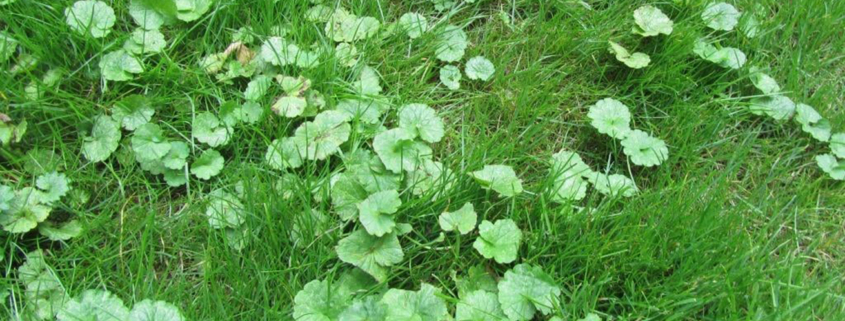
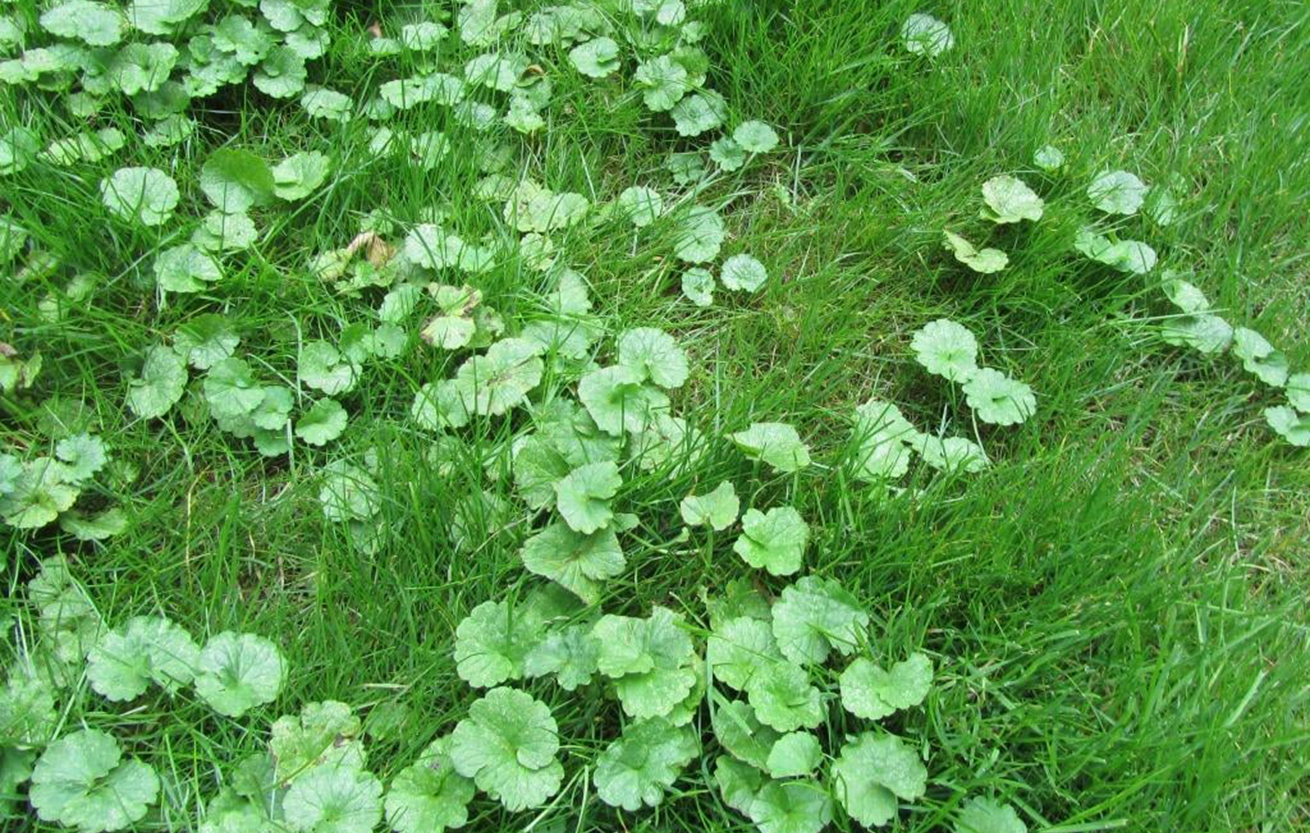


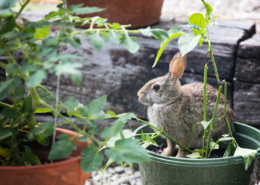



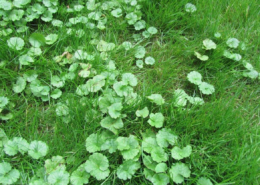


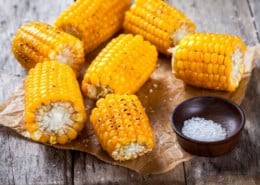



Here in Minnesota, creeping charlie is particularly invasive. On Nextdoor, someone said to apply Fertilome Weedfree Zone AFTER the first freeze. This is when it is storing energy for the winter. I am going to try applying something after the first freeze here.
Try Atrazine. It has helped dollar weed which is ver similar to keeping Charlie
How long would you recommend I keep my pet away from the area I spray creeping charlie? I do not want to take any chances on harming our boy..
“TZone SE Herbicide is pet safe if used as instructed on the product label. Do not allow people or pets in the area while the product is being applied. Once the treated area has completely dried, it is then safe for pets and people to re-enter the area.”
I d rather use crossbow ag than t-zone. That way I can get a higher ratio of triclopyr and lower of 2-4d. T-zone is 2-4d with triclopyr added. Where crossbow use target clover and creeping Charlie and use less 2-4d. Triclopyr is nasty stuff and quite bad for the environment if used inappropriately. But it is the correct tool if 2-4d at nominal application rates alone isn’t working.
I had a massive invasion of creeping charlie. I used Spectricide (Home Depot or Walmart) and it was completely gone in 2 seasons.
I wonder if you have ever looked into the benefits of creeping charlie, that’s right I said benefits! There are some elder’s out there who would argue that it makes a great daily tea tonic loaded with vitamin A and C and much more, and at one time the number one ingredient in beer before hops replaced it’s popularity. It is considered an herbal mint, if you can’t beat it, you can make use of it.
Mary, thank you SO much for doing an article in reply to the email I sent you! I am going to investigate what you have suggested and will try to remember to let you know how it works. I do want to mention that I DO NOT have an increase of bees feeding on Creeping Charlie. I do have bees on the milkweed, lavender and other plants in my yard that bees love.
Yes, your message inspired this post, Beth!
I have been a longtime fan of your Everyday Cheapskate posts and have used countless suggestions and recipes from you. I have turned many students, family and friends into fans as well. Thank you!
My question is regarding the Creeping Charlie remedy in today’s column. Our infestation is limited to a flower bed where I have poppies, iris, tulips, and daffodils planted. Will the T-Zone turf herbicide hurt my flowers?
I’m not an expert on this subject, so consider this my personal opinion. The term “broadleaf” refers to a plant that is not a grass. The product label lists these grasses as being safe in the presence of T-Zone Turf Herbicide: Kentucky Bluegrass, Fescues, and Ryegrasses. I would not even consider using this product in your flower beds as I believe it would not distinguish between creeping charlie and say poppies, iris and tulips, all of which are broadleaf.
Please, please, please don’t recommend herbicides to your followers. Our planet is suffering from declining bee and butterfly populations that very well may end up being the end of us humans. First of all lawns don’t do anything to benefit our world, in fact they are taking up space that is needed for native plants to feed our dwindling native bees and caterpillars that feed baby birds and on up the food chain, where we are at the end of that chain. Professor Douglas Tallamay, of Delaware has Youtube videos, books and years of academic study that backs up these statements. We are in a world wide crisis called climate change and every follower you have has the ability to help alleviate the crisis by planting native plants and cutting back on their useless lawn spaces. Please help in this struggle to save humanity.
sharon, i agree with you on all counts. i consider grass to be a weed and fortunately, there is very little in my yard. grass, unless you have grazers as pets, or live on a golf course, has very little value to me. i wouldn’t mind if creeping charlie took over. it’s pretty. it’s resilient. it requires no effort on my part and at my age, that’s a blessing
Thank you for posting this, Sharon. Lawns are usually non-native plants and are not adapted for dry climates, with their shallow root systems, and require heavy watering, which is an unnecessary waste of water
We are looking to include more local wild flowers and plants. I hate the stuff that is sprayed on to kill weeds. I have trouble breathing around it.